BARCELONA, Spain — On the first full official day of Mobile World Congress, some of the industry’s biggest names brought out their largest guns.
While today marked CNET’s second day of coverage, it feels like the fifth — that’s just how much news this venue has generated in 48 hours. We wrapped up yesterday’s wave of news already, and it’s a good thing because the flood continued today. Here’s some of what we saw.
Samsung Galaxy S5 debuts, along with a trio of new Gear wearables
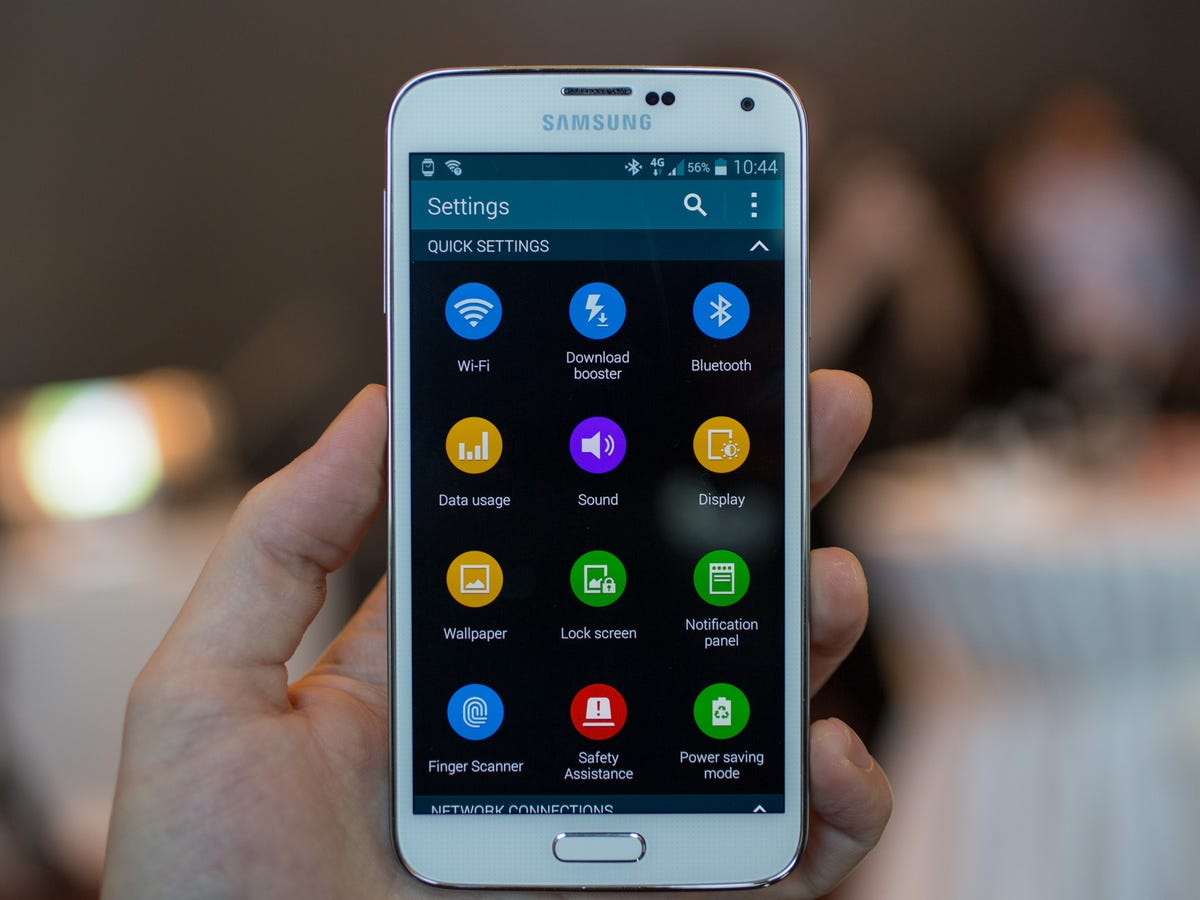

Andrew Hoyle/CNET
The Galaxy S4 — and Samsung’s flotilla of follow-up Galaxy phones — helped the company dominate global handset sales in 2013. But nothing is more stale than last year’s tech, so it’s time for the latest new and shiny — or, in this case, the kinda new and shiny. At first glance, you could be forgiven to think that you’re confusing the Galaxy S5 with its predecessor, the Galaxy S4 — or even the S3. But appearances can be deceiving: under the familiar shell, Samsung’s latest and greatest superphone crams in a clown car of new features, including a heart-rate monitor, fingerprint sensor, water-resistant case, better camera, and — critically — longer battery life.
Galaxy S5: Check out Samsung’s new superphone (photos)






Beyond the GS5, Samsung also revealed a trio of new Gear wearables. Geeks will note that these smartwatches drop Android in lieu of the new Tizen operating system — thus the dropping of the “Galaxy” moniker — but the Gear 2 and Gear 2 Neo also boast improved designs, better battery life, and wider device compatibility than the much-maligned original Galaxy Gear, which debuted just last fall.
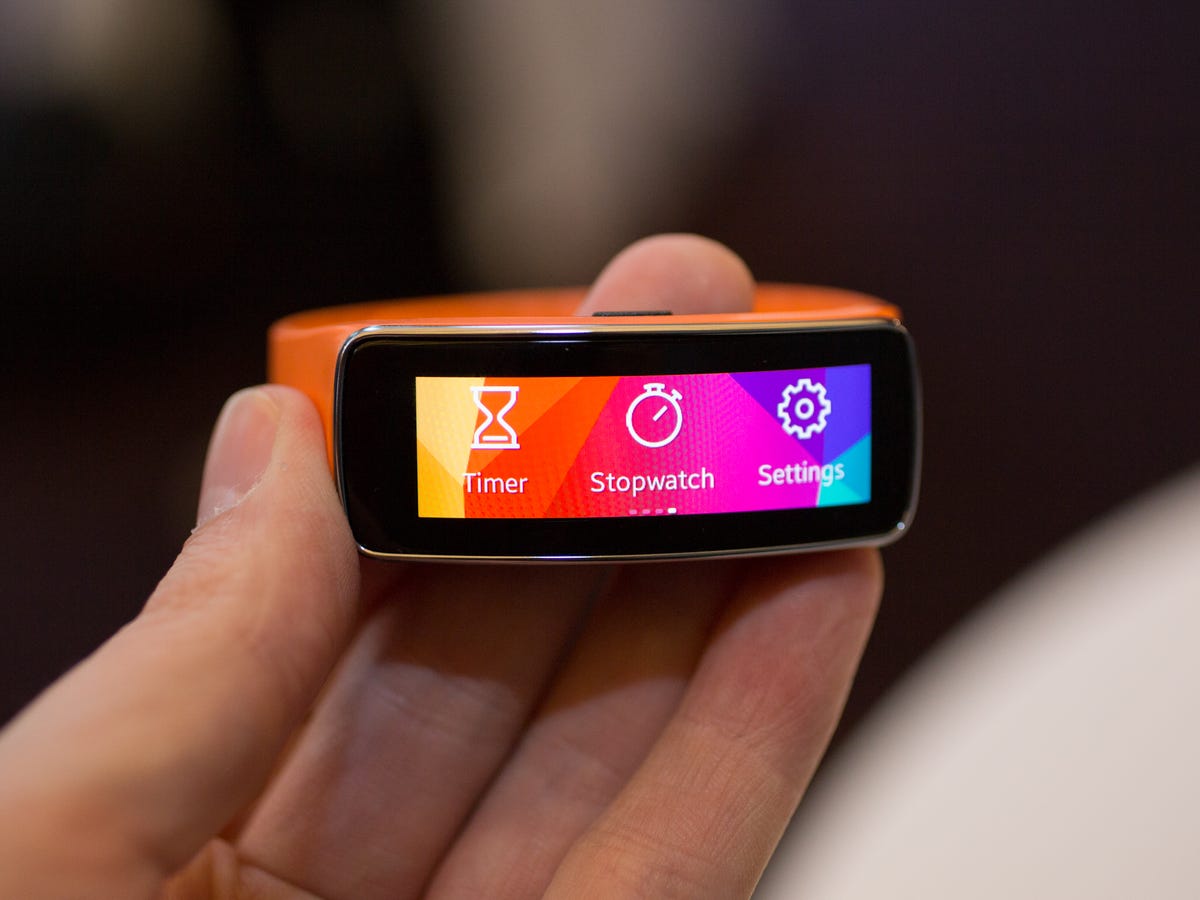

The Gear Fit got the crowd chattering though. This health-tracker with a sleek curved screen looks beautiful and curves to your arm, and with its heart-rate sensor and ability to track your phone when you misplace it, may well be the dark horse favorite of Samsung’s three new wearables. No price yet, however, for any of the new Samsung devices.
Nokia reshapes Android for its own purposes


Now playing:
Watch this:
Nokia X and X+: Nokia’s take on Android, at a low cost
2:49
Everyone suspected that Nokia would release an Android-based phone, so the truth of the matter came down to this: the Nokia X, X+, and XL phones do run Android, but they aren’t Android phones, per se. Think of these phones as similar to the Android-based Kindle Fires: they are easier to develop apps for because any Android app will run on them, but they don’t hook into the Google Play store. That might not matter in the developing markets these phones will reach, where expectations for massive flagship phones are much smaller, and it does make for an interesting-looking, affordable mid-range smartphone.
Geeksphone Blackphone: An NSA-proof communicator?
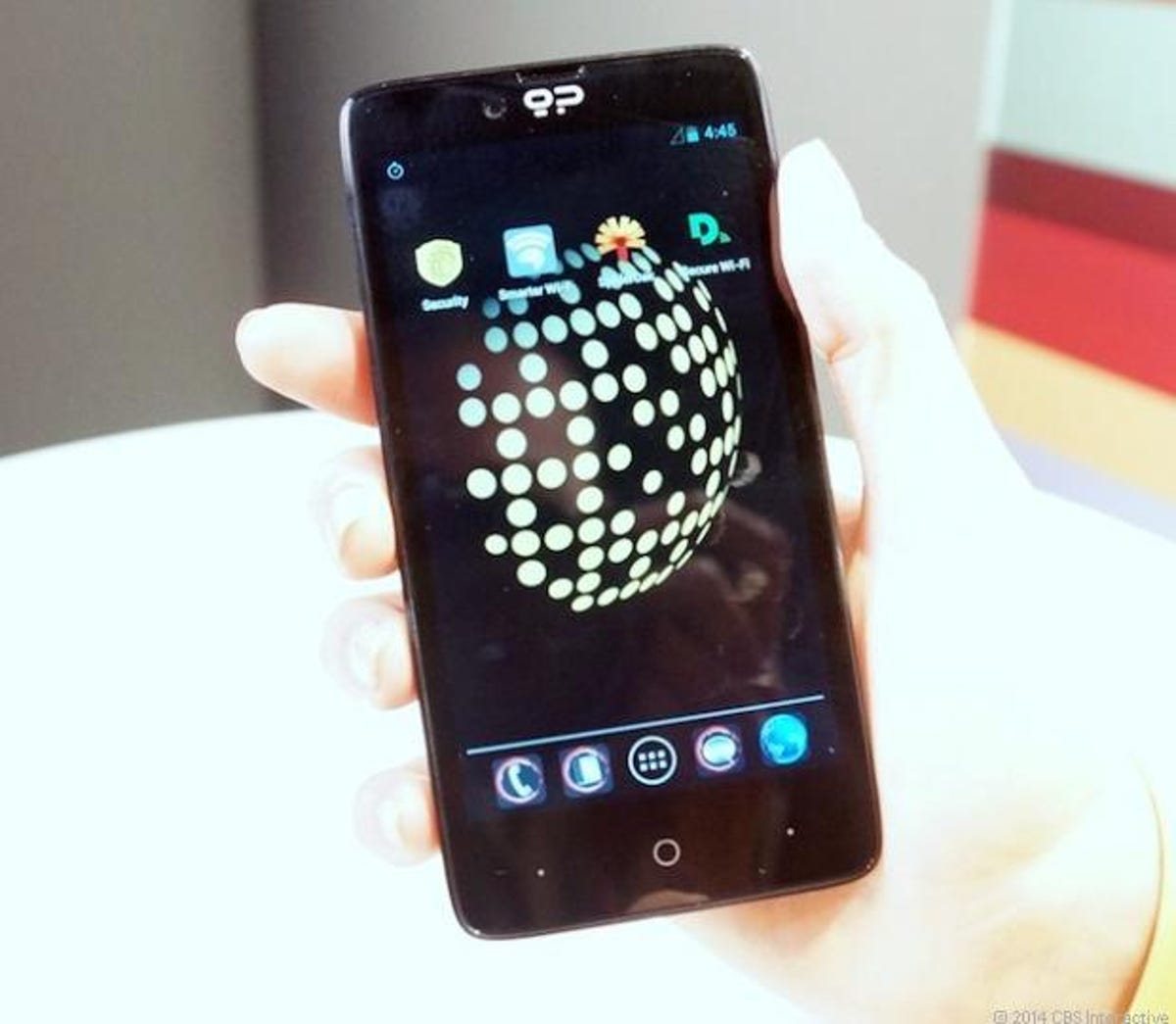

Eric Franklin/CNET
One thing the Edward Snowden revelations taught us is that nearly any personal communications can be traced. But the Blackphone, from Switzerland’s Geeksphone, aims to keep you secure by encrypting voice, data storage, and data communications through a variety of subscription services. Look for it in June for $629 — just make sure you use it only for good and you’re OK buying an unlocked phone. This private puppy doesn’t partner with any carriers.
Sony and HTC play it cool
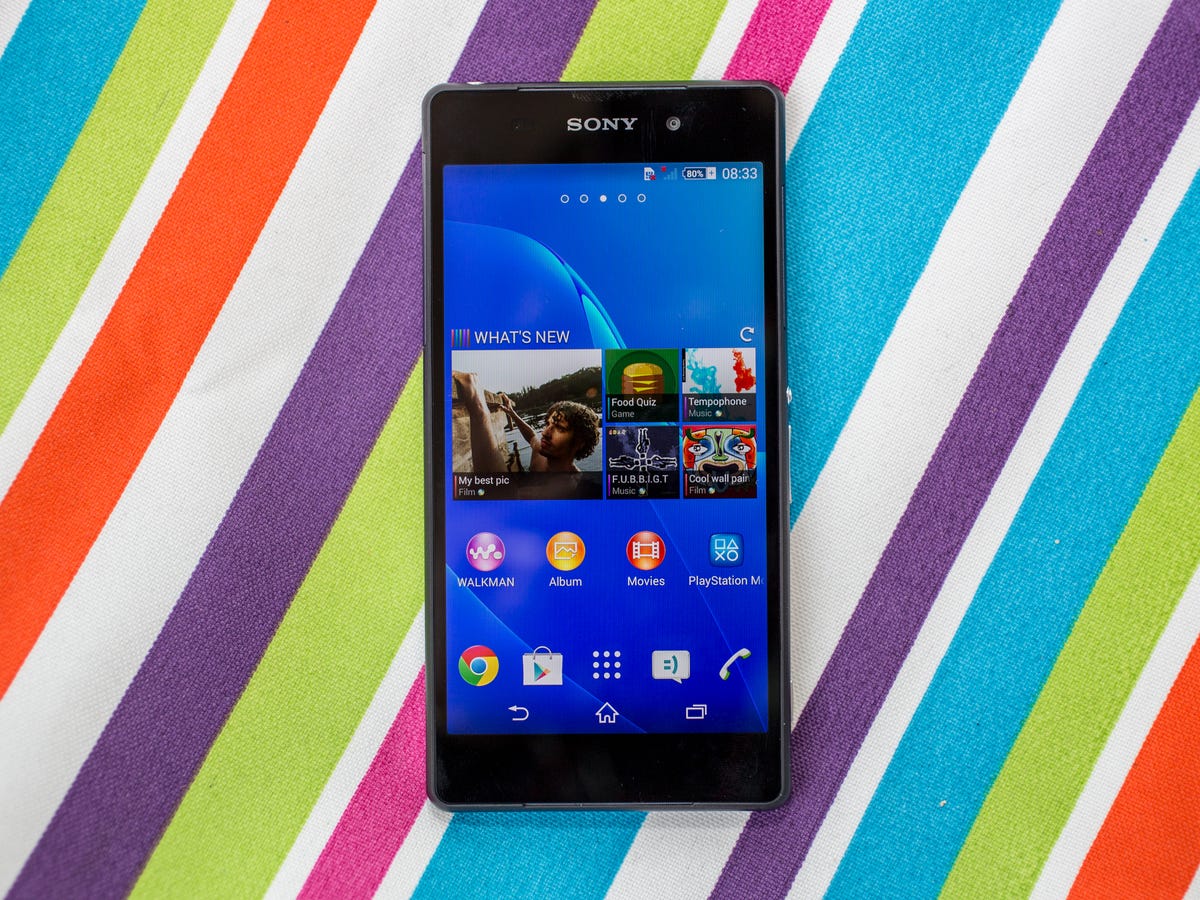

Andrew Hoyle/CNET
Sony loves a good smartphone, and the newly announced Xperia Z2 marries the aesthetically pleasing, sleek flagship Sony phone with another of the company’s pet projects: 4K video. The only provider of a 4K streaming player so far, it makes sense that Sony would up the ante with a phone that can capture 4K video. Why the company would name its tablet the same thing we don’t know, but the Sony Z2 tablet is one of the very few, if only, waterproof tablets we’ve seen. But while Sony’s new fitness band, the SmartBand, looks like many others in its rubberized construction and multiple colors, this band does something a little different. According to CNET editor Brian Bennett, “The band talks to phone-based software and sensors such as Facebook, your camera app, GPS radio, and so on, to paint a detailed picture of what you’re doing, when, and with whom you’re doing it.” Whoa. That’s a lot of tracking.
HTC’s Desire 816 has a 5.5-inch HD screen and a cheery coloured chassis (pictures)






HTC surprised everyone with some mid-range phones of its own (remember, the company is turning to lower costs to boost sales), and the most newsworthy is the HTC Desire 816. The Desire 816 looks an awful lot like the crowd-pleasing HTC One, but with a plastic case that comes in a variety of shiny, bright colors. The 13-megapixel resolution on the camera sounds totally decent, and the whole shebang should launch worldwide sometime in the second quarter. (Note to HTC fanboys: if you’re underwhelmed, don’t worry — the company has already touted a March 25 event in New York City that’s widely expected to be the launchpad for its 2014 flagship phone.)
Some random but endearing announcements…
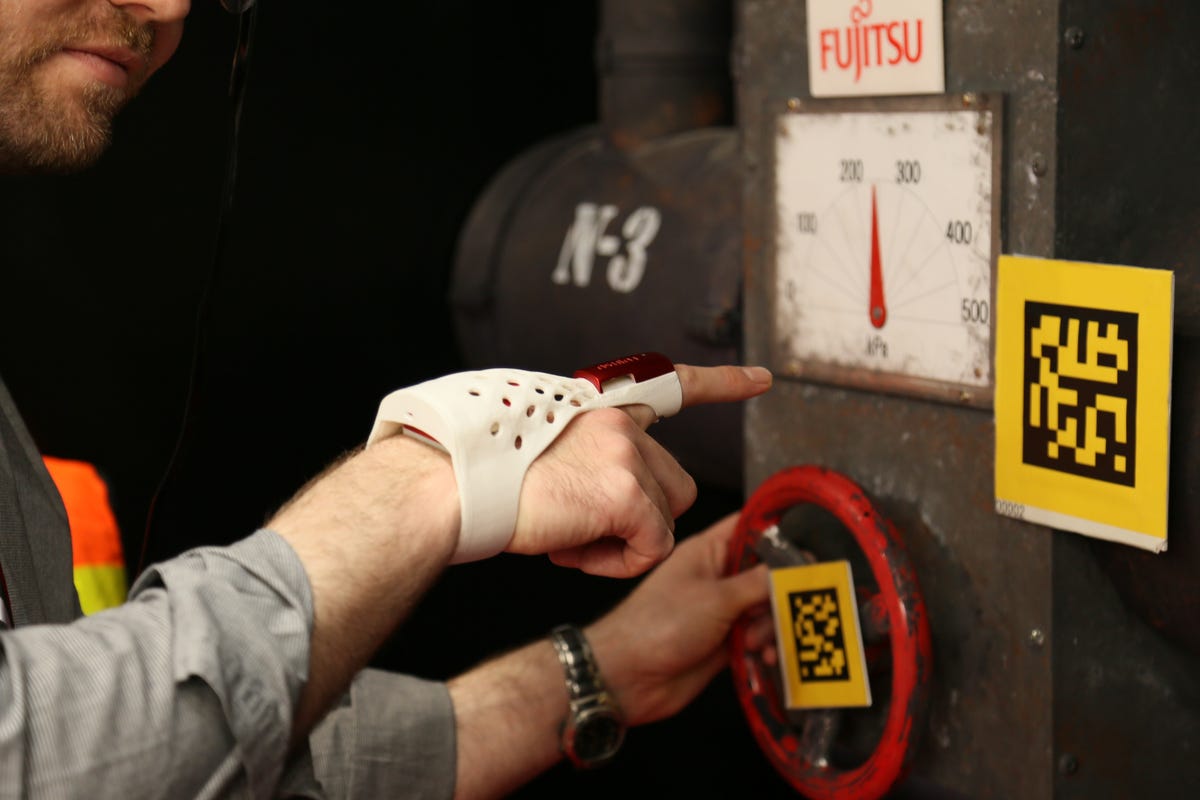

Andrew Hoyle/CNET
Firefox is getting a lot of attention for its low-cost smartphone OS, so why not Ubuntu? CNETer Rich Trenholm discovered the BQ Aquarius, a Spanish-made phone that will be one of the first two to run the Ubuntu Linux-variant phone OS, but not until after he wrote up two wild products from Fujitsu: the Fujitsu voice-controlled driving assistant that makes you feel like you’re in Knight Rider and a smart glove that — when it’s ready to use in factories by 2015 — will pair with IR glasses to direct workers and file automatic reports on tasks accomplished.
First Ubuntu phones revealed (pictures)






Zuckerberg’s victory lap
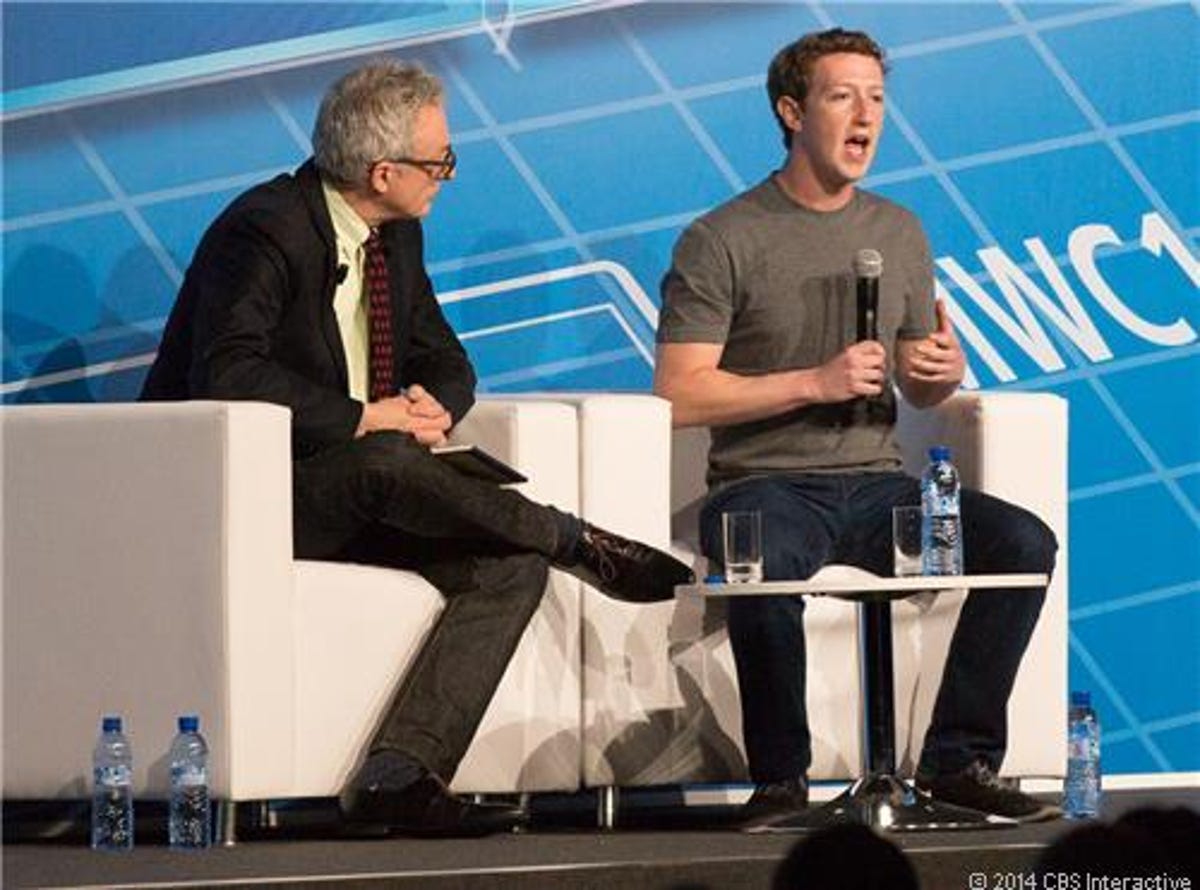

Stephen Shankland/CNET
Facebook shocked the tech (and big business) world last week with its surprise $19 billion acquisition of WhatsApp. And today, the man who drove the deal — Facebook founder and CEO Mark Zuckerberg — was on stage at Mobile World Congress being interviewed by “The Facebook Effect” author David Kirkpatrick. While Zuckerberg touched on the WhatsApp buy — and his impressions on how NSA spying revelations have impacted Facebook internationally — the primary focus was on Internet.org, the coalition of mobile technology companies (spearheaded by Facebook) that are working to bring online access to the 5 billion or so people without it.
What’s on tap for Tuesday and beyond
All that was just day 1 of the show here in Barcelona — and things are just getting started. While the bulk of the press conferences and product unveilings are behind us, we’ve still got three more days of product demos, interviews, keynotes, and analysis on deck. Stay tuned to CNET for the latest.



